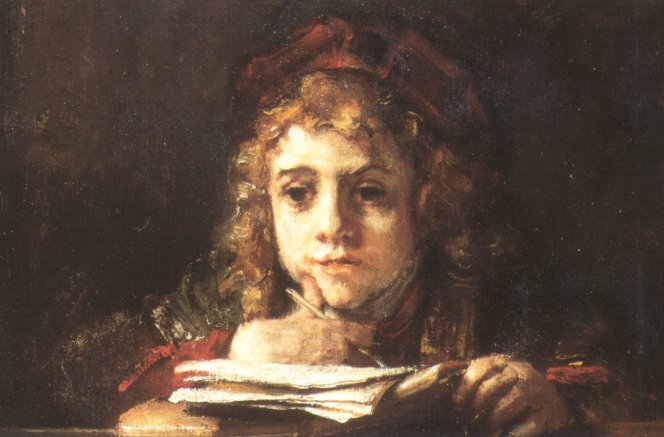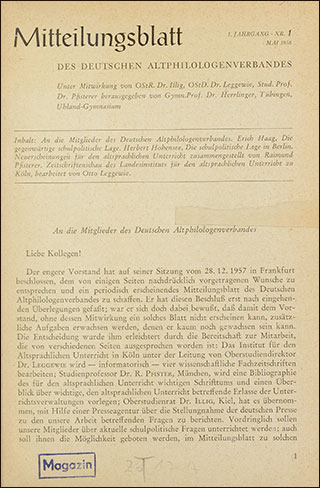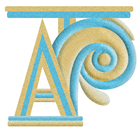Le fleuve rebelle: Géographie historique du moyen Oronte d'Ebla à l'époque médiévale
Informations sur cette image
Crédits : © Ifpo220*280 mmISBN 978-2-35159-725-1Notes de la rédaction
Actes du colloque international tenu les 13 et 14 décembre 2012 à Nanterre (Maison Archéologie & Ethnologie René-Ginouvès) et à Paris (Institut national d'Histoire de l'art)
Avec la collaboration de Martin Sauvage pour la cartographie (CNRS, USR 3225, Maison archéologie & Ethnologie René-Ginouvès, Nanterre)
Le moyen Oronte au fil du temps : textes, objets, images
(1500-1259 av. J.-C.)[Texte intégral disponible en décembre 2018]
1. Les sources iconographiques[Texte intégral disponible en décembre 2018]
2. Les sources épigraphiques[Texte intégral disponible en décembre 2018]
ville et paysage d’Apamée aux époques romaine et byzantine[Texte intégral disponible en décembre 2018]La voix de la terre : fouilles et prospections
Premiers résultats, premières impressions[Texte intégral]

































 TITUS Search Engine
TITUS Search Engine























